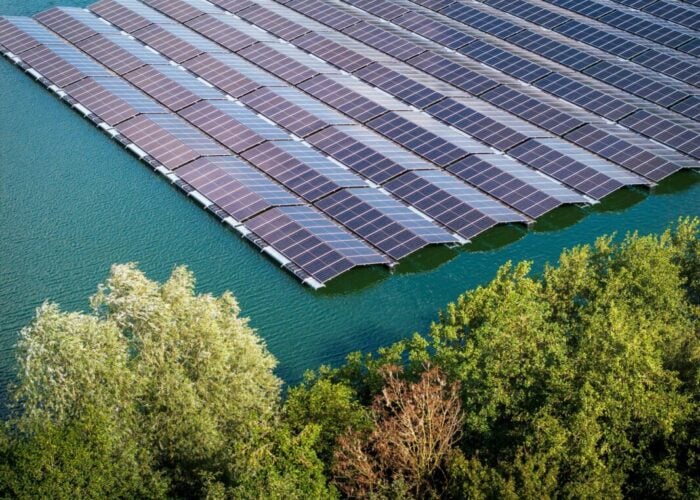Qatar Solar Energy (QSE), which recently announced the opening of a 300MW integrated PV module manufacturing plant will use GT Advanced Technologies' next-generation ‘HiCz 200’ continuous feeding monocrystalline puller technology, the equipment supplier has confirmed.
The monocrystalline silicon furnace technology is designed significantly reduce the production cost of N-type monocrystalline wafers, reducing the gap between production costs of multicrystalline ingot/wafers, while providing efficiency levels of over 1% higher.
Try Premium for just $1
- Full premium access for the first month at only $1
- Converts to an annual rate after 30 days unless cancelled
- Cancel anytime during the trial period
Premium Benefits
- Expert industry analysis and interviews
- Digital access to PV Tech Power journal
- Exclusive event discounts
Or get the full Premium subscription right away
Or continue reading this article for free
“We are pleased that GT has been selected to supply its ‘HiCz 200’ monocrystalline furnace to QSE,” said Dave Keck, executive vice president of GT's solar business. “This is an exciting opportunity for GT to have our leading edge HiCz technology selected to be a part of the first vertically integrated PV manufacturing facility in the MENA region. The GT HiCz 200 furnace is expected to produce high quality n-type wafers for solar cells with efficiencies that exceed 22 percent.”
QSE said recently that it selected a number of leading PV equipment suppliers such as Meyer Burger, Eurotron, Tempress, Asys, RENA, Rofin, Teamtechnik, Reis Robotic, Sunpreme and GTAT as well as European R&D centre, ECN to differentiate its product offering.
The HiCz growth process is designed to produce longer ingots with greater material uniformity and lower resistivity than long-standing traditional pullers, thereby lowering the cost of monocrystalline wafering through improvements in yield and higher quality material.
The growth in multicrystalline wafer usage, which enjoys lower production costs but comes with lower quality and conversion efficiencies than mono wafers has been supported by continuous focus on ingot/wafer quality improvements. This has supported multicrystalline wafers respsonsible for up to 70% of recent cell efficiencies gains (see video from SNEC 2014 with BT Imaging).
Developing a low-cost N-type mono wafer technology is designed to enable a potentially major migration away from multi while supporting almost standard cell processing and architectures, limiting the need to switch to new cell designs and equipment tools sets over the next few years.
The 2014 edition of the International Technology Roadmap for Photovoltaic (ITRPV) recently reported that monocrystalline wafers were predicted to account for around 50% of the crystalline silicon market by 2024, however, LONGi Silicon Materials Corp’s chairman, Zhenguo Li, recently told PV Tech during SNEC 2014 that adoption could be faster as costs have plummeted.






